The extraordinary (and dark) stories behind ambassadors' residences in Moscow (PHOTOS)
1. British ambassador’s residence
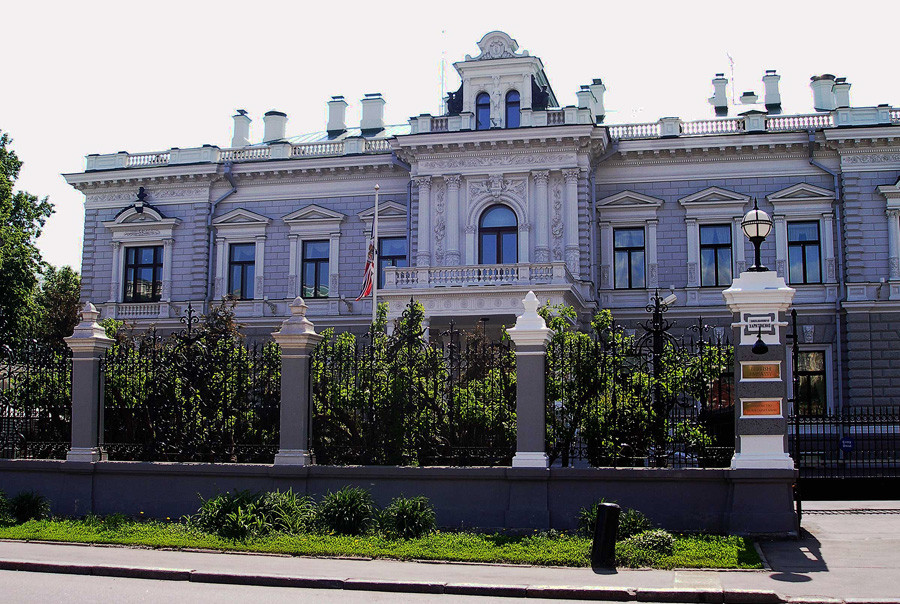
This house near the Kremlin was built by a sugar magnate in the 1890s – it’s Gothic interior was unusual for Russia at the time. It’s said that after visiting Moscow in 1994, Elizabeth II
2. French ambassador’s residence
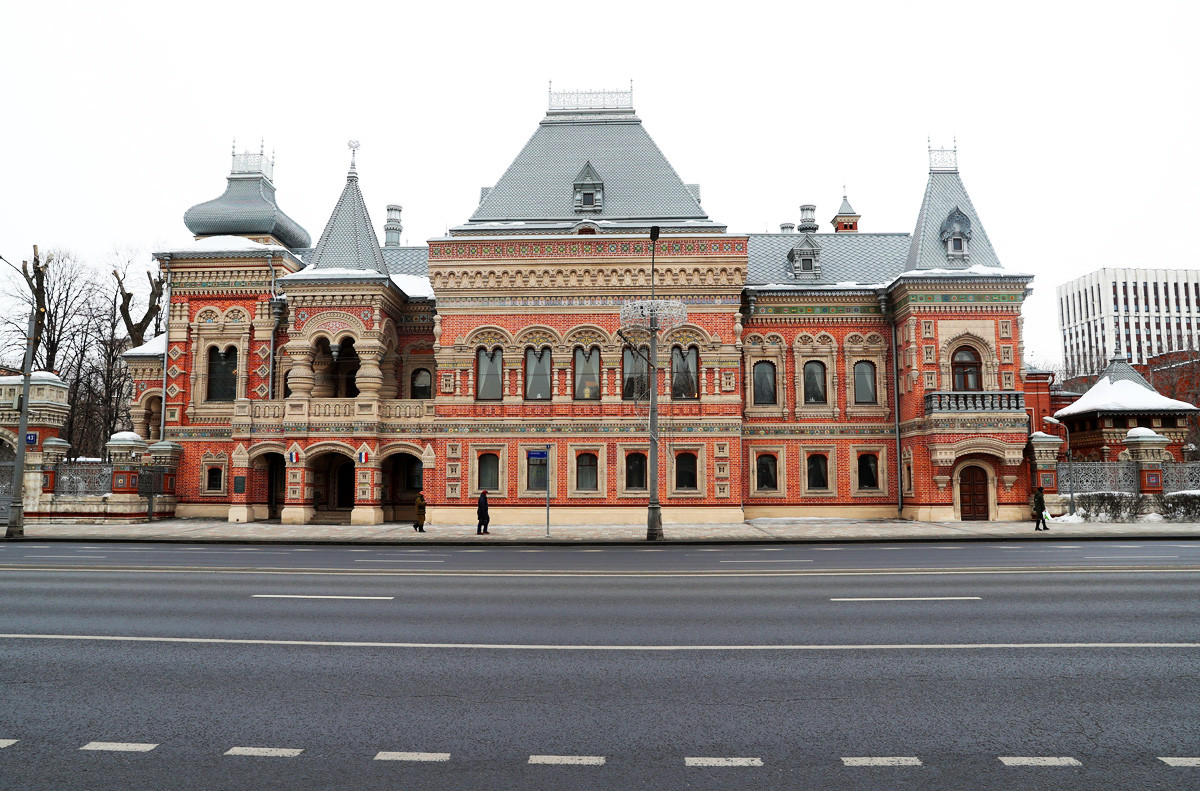
There’s a number of gloomy legends associated with the Neo-Russian building. According to one, the tradesman built it for his lover, a dancer called Varvara. But when he learned of her infidelity he immured her body into the residence’s walls.
Igumnov House is protected by the state, like all buildings on this list.
3. Embassy of New Zealand
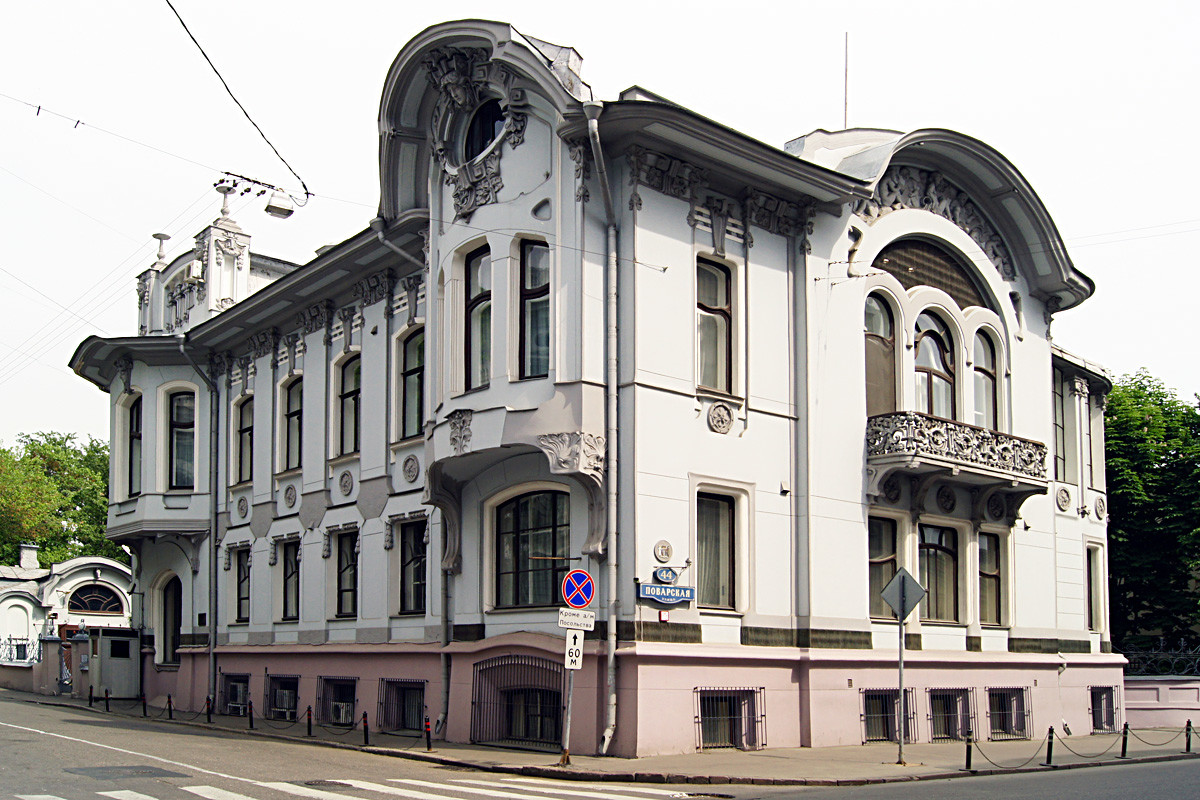
This Art Nouveau building was constructed in the early 20th century and originally belonged to another Moscow merchant, Ivan Mindovsky. After the 1917
4. Residence of Germany’s ambassador
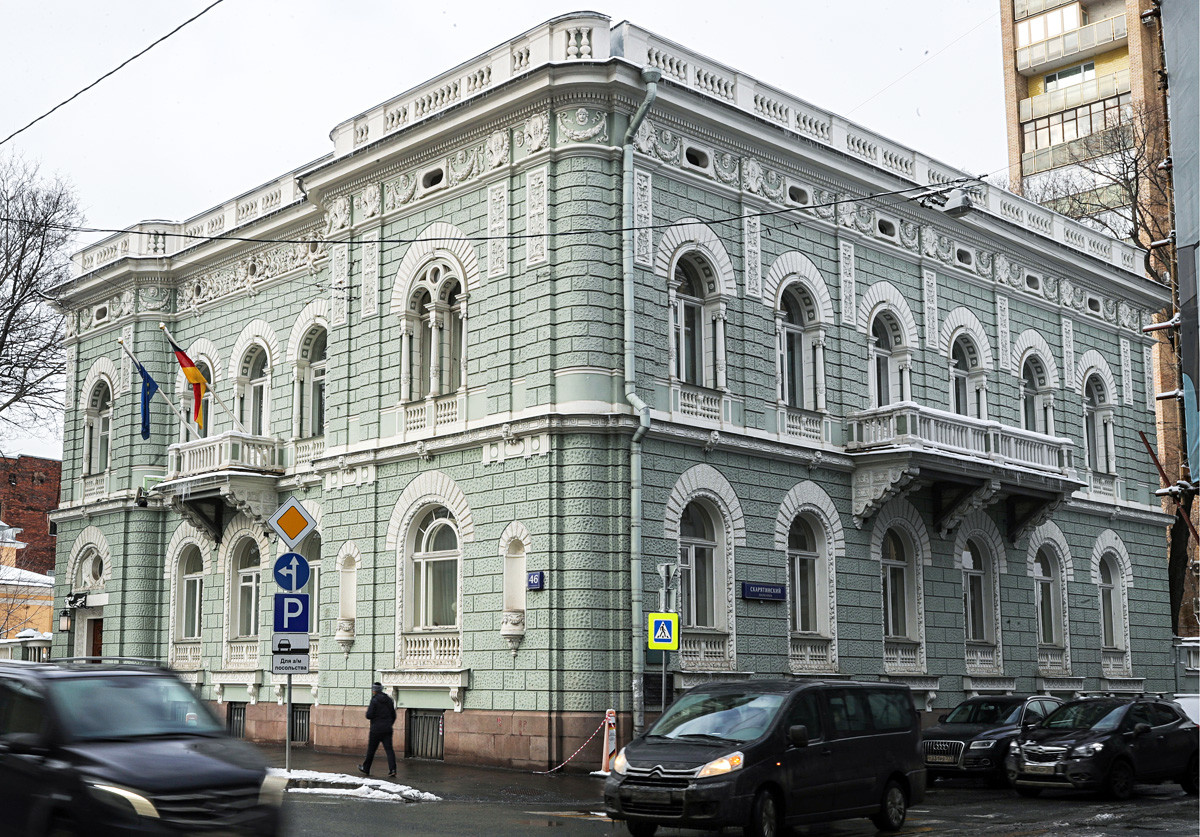
Yakov Schlossberg. This one was designed in the Renaissance style. The Soviet regime first offered it to the UK, and then Germany.
5. Greek embassy
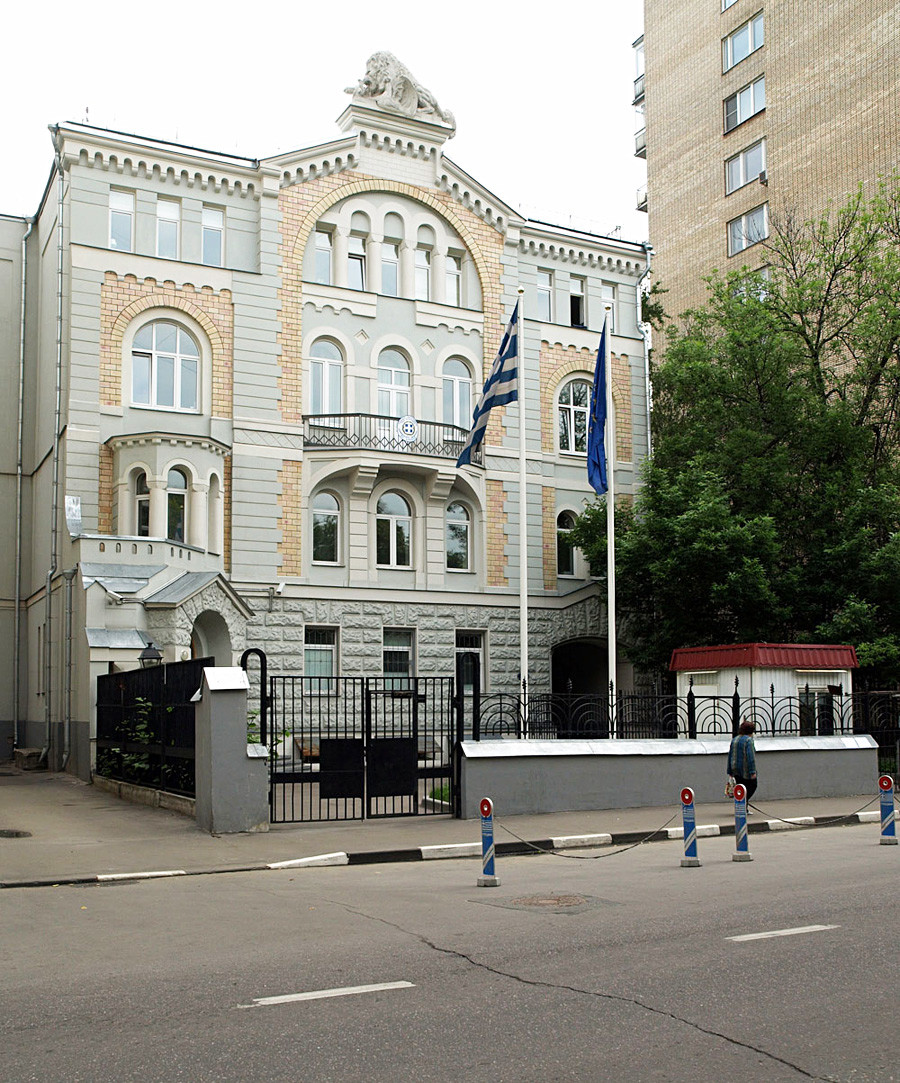
Architect Petr Boytsov intended this building to be rented out, as opposed to a permanent residence. Writer Anton Chekhov once lived here: now employees of the Greek diplomatic mission can at least partly imagine what it was like to walk in Chekhov’s shoes.
6. Bureau of Egyptian military attaché (the 1960s - 2017)

This castle-like building was designed by a pioneer of the Art Nouveau style: Moscow architect Lev Kekushev.
7. Australian embassy
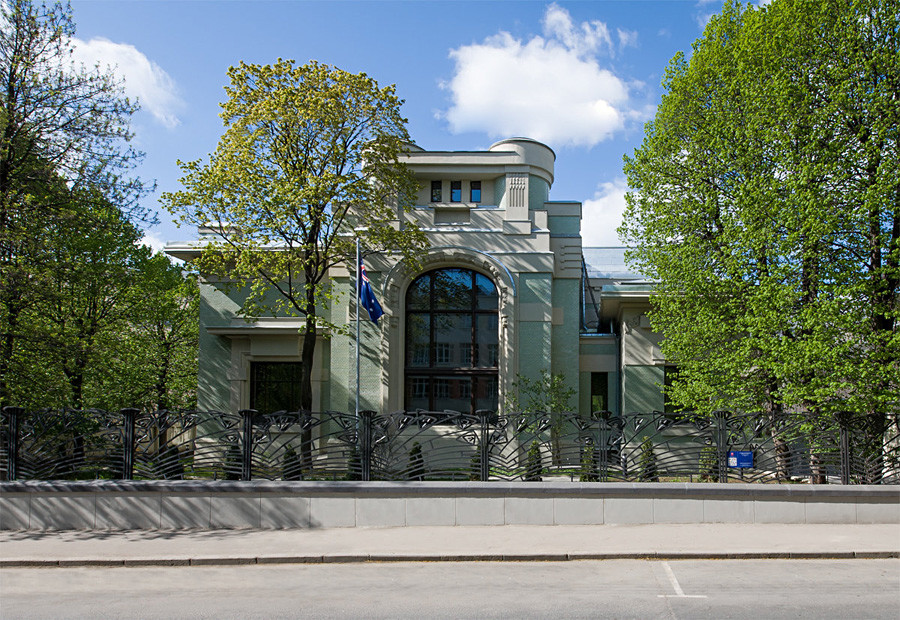
8. Italian embassy
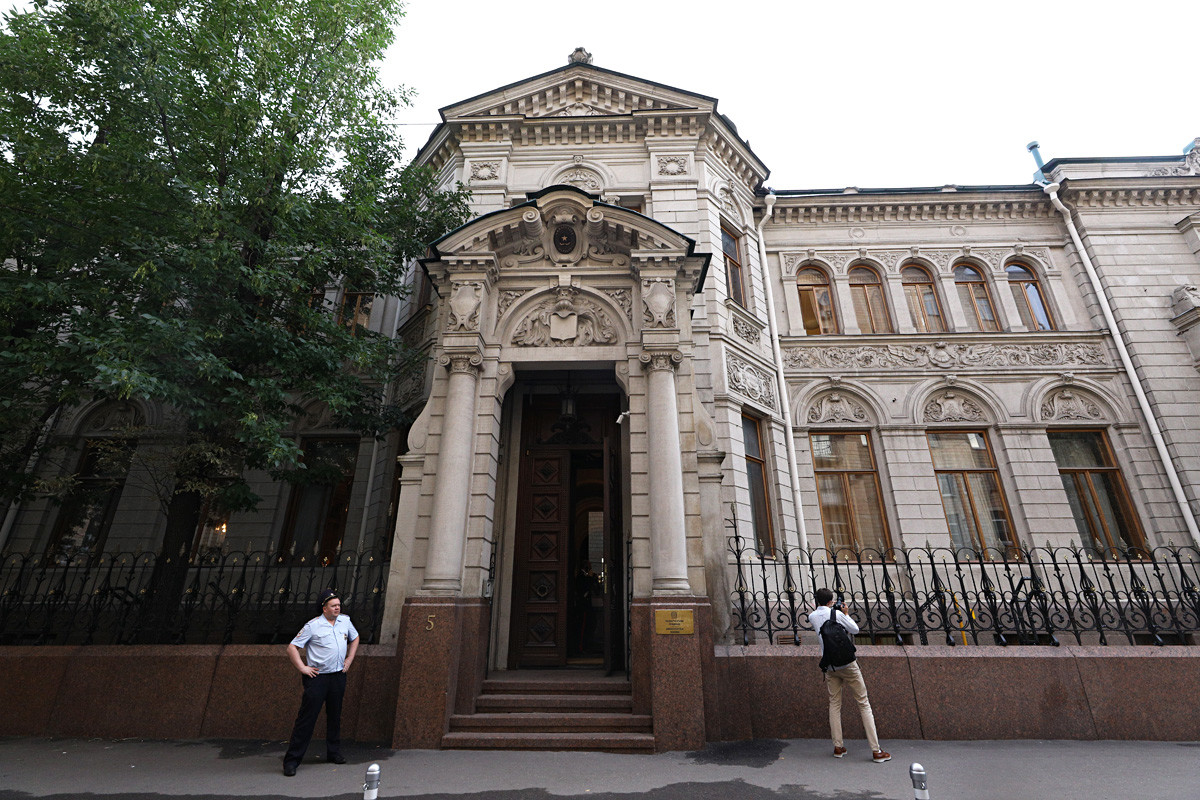
Before hosting Italian diplomats, the house was the headquarters of the Third International, the organization that was summoned to ignite a world revolution. Earlier, the embassy of the German Empire was located here. A German ambassador was killed on these premises on July 6, 1918, when the Socialist-Revolutionaries staged a failed coup against their coalition partners, the Bolsheviks, in retaliation against the peace deal Lenin forged with Germany.
9. Residence of South Korea’s ambassador
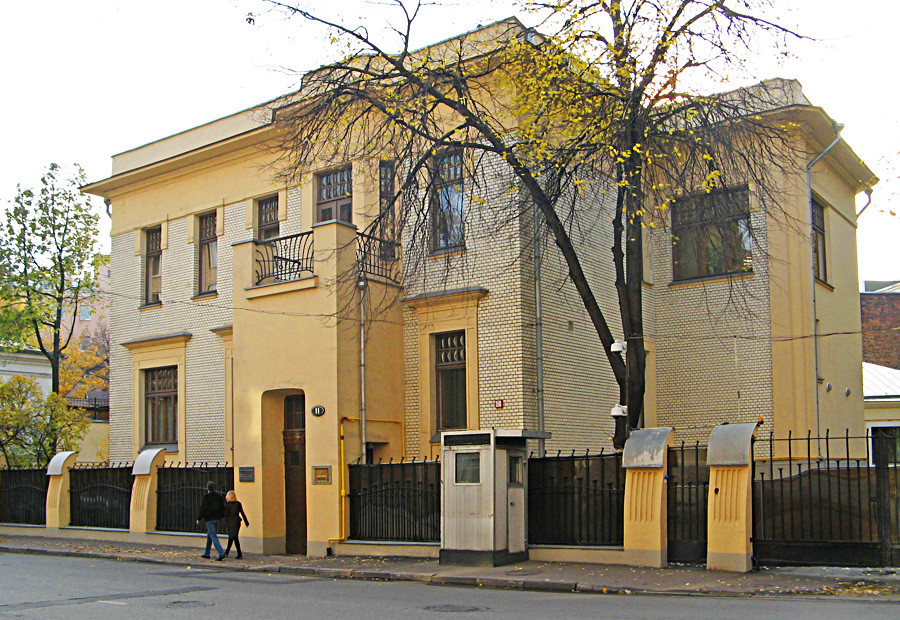
10. Uruguayan ambassador’s residence

11. U.S. ambassador’s residence
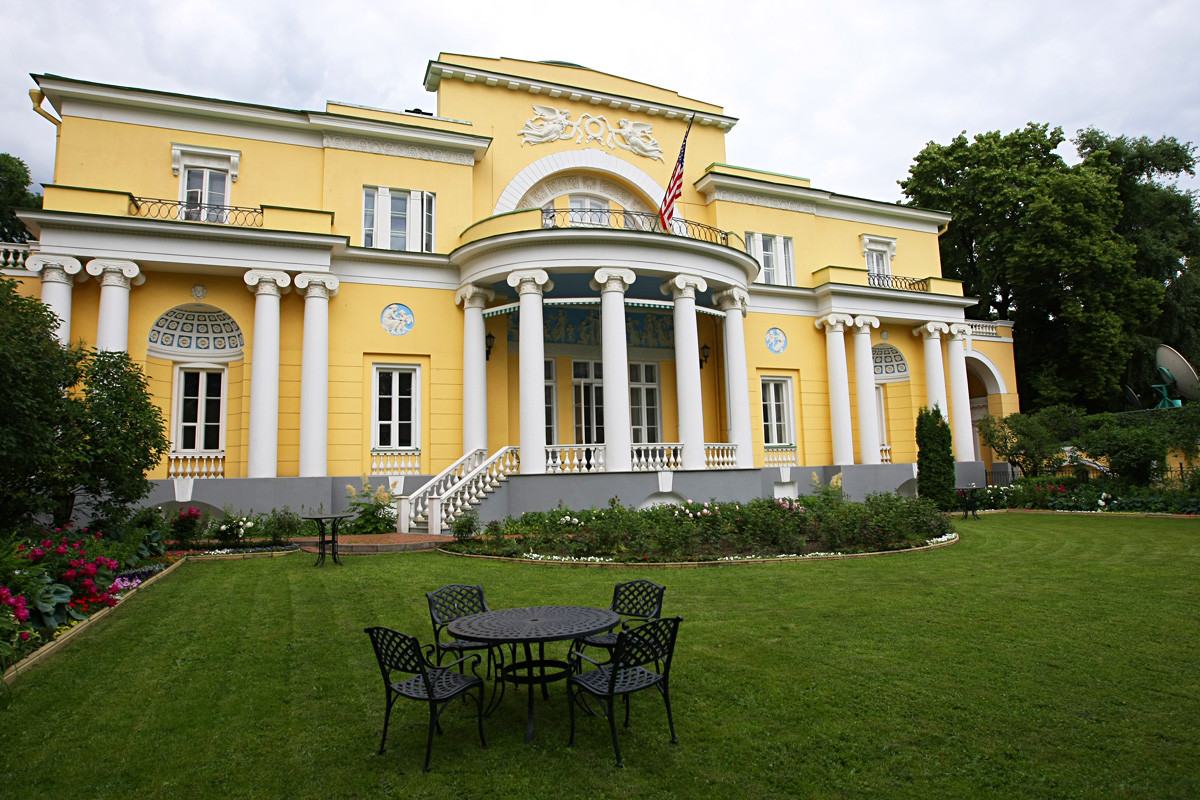
Lo0ok here at some incredible embassies that Russia has in different countries.
If using any of Russia Beyond's content, partly or in full, always provide an active hyperlink to the original material.
Subscribe
to our newsletter!
Get the week's best stories straight to your inbox